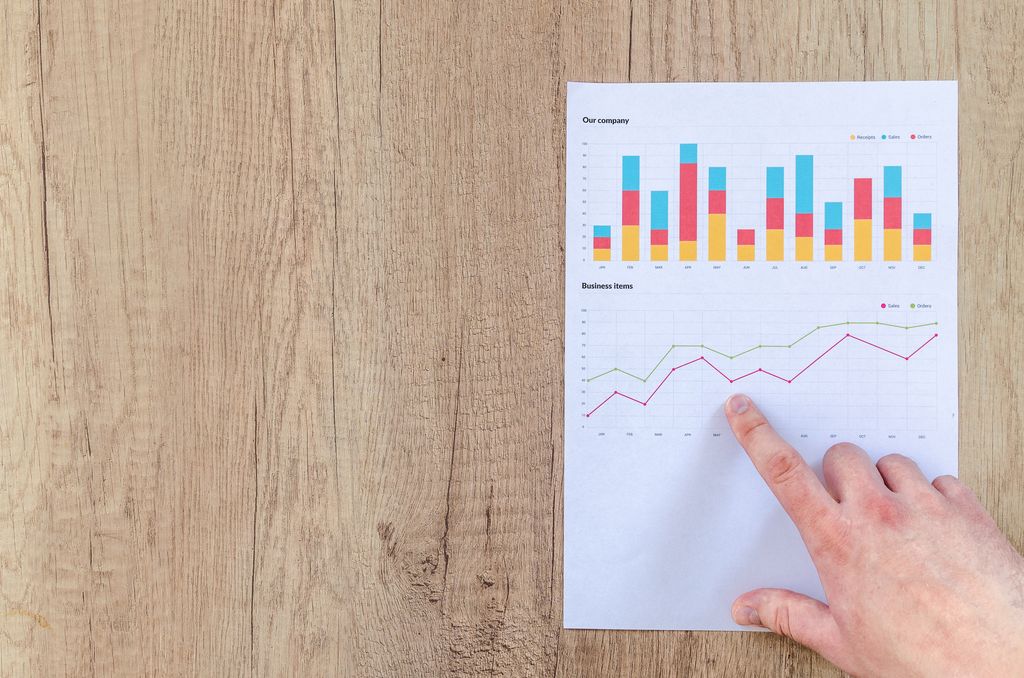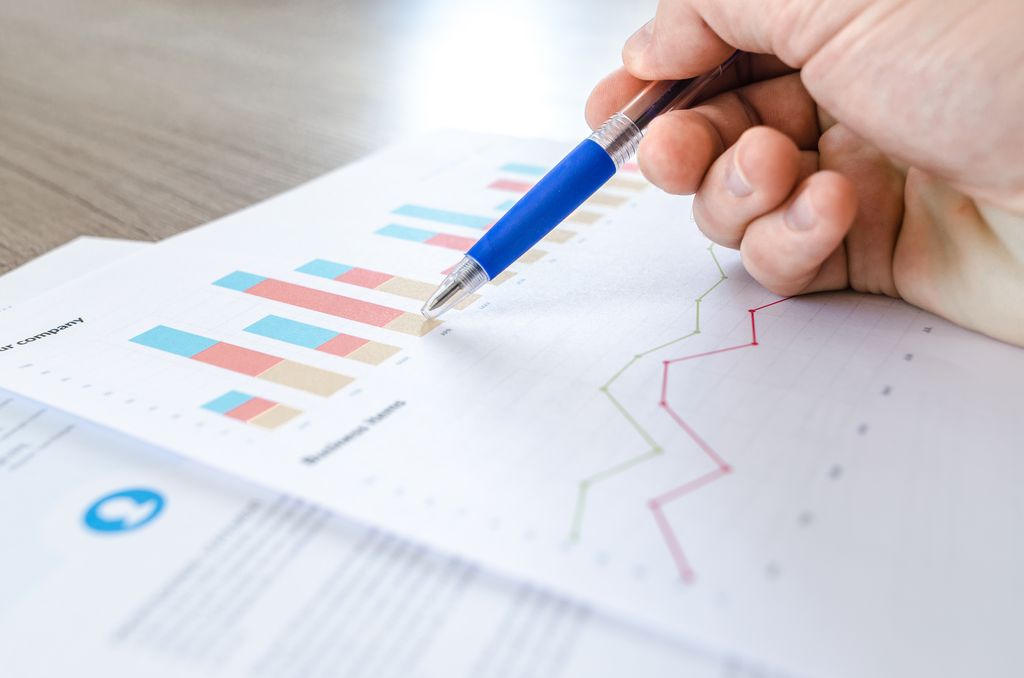Data Analysis
Jul 13, 2019 • 19 views
DATA ANALYSIS

Data Analysis is the process of a systematic applying statistical and/or logical techniques to describe and illustrate, condense and recap, and evaluate data. According to Shamoo and Resnik (2003) various of the analytic procedures “provide a way of drawing inductive inferences from data and distinguishing the signal (the phenomenon of interest) from the noise (statistical fluctuations) present in the data”.
data analysis is the most qualitative research that can include some of the statistical procedures, many times analysis becomes an ongoing iterative process where data is continuously collected and analyzed almost simultaneously. Indeed, researchers generally analyze patterns in observations through the entire data collection phase (Savenye, Robinson, 2004). This is the data analysisform of the analysis is mostly to be determined by a specific qualitative approach taken (field study, ethnography content analysis, oral history, biography, unobtrusive research) and the form of data (field notes, documents, audiotape, videotape).
An essential component of ensuring data integrity is the accurate and most appropriate analysis of research findings. The Improper statistical analyses may distort the scientific findings, mislead casual readers (Shepard, 2002), and may negatively influence the public perception of research. Integrity issues are to be just as relevant to the analysis of non-statistical data as well.

Having the necessary skills to analyze
A normal tacit assumption of investigators is that they would have received training sufficient to demonstrate a high standard of research practice. Unintentional of a ‘scientific misconduct' is likely being the result of poor instruction and follow-up. A number of studies would suggest this may be the case more often than believed (Nowak, 1994; Silverman, Manson, 2003). For example, theSica has been found that the adequate training of a physician in medical school would in the proper design, implementation, and evaluation of clinical trials is “abysmally small”. Indeed, a single course in biostatistics is the most that are usually offered (Christopher Williams, cited in Nowak, 1994).
A common practice of investigators is to defer the selection of analytic procedures to a research team ‘statistician’. Ideally, most of the investigators should have substantially more than abasic understanding of the rationale for selecting one method of analysis over another. This can allow which thatinvestigators to get abetter supervise staff who conduct the data analyses process and make informed decisions
Concurrently selecting data collection methods and appropriate analysis
While the methods of analysis would be differed by the scientific discipline, the optimal stage for determining appropriate analytic procedures occurs early in the research process and should not be an afterthought. According to the Smeeton and Goda, “Statistical advice should be obtained at the stage of the initial planning of an investigation so that, for example, the method of sampling and design of questionnaire are appropriate”.
